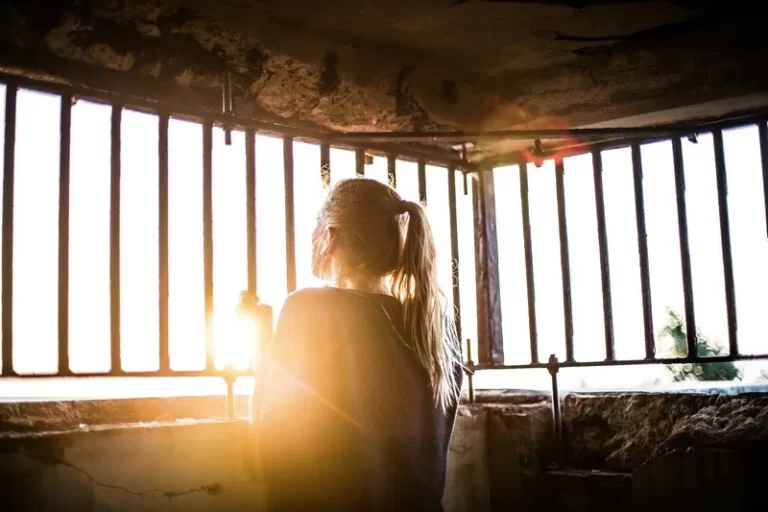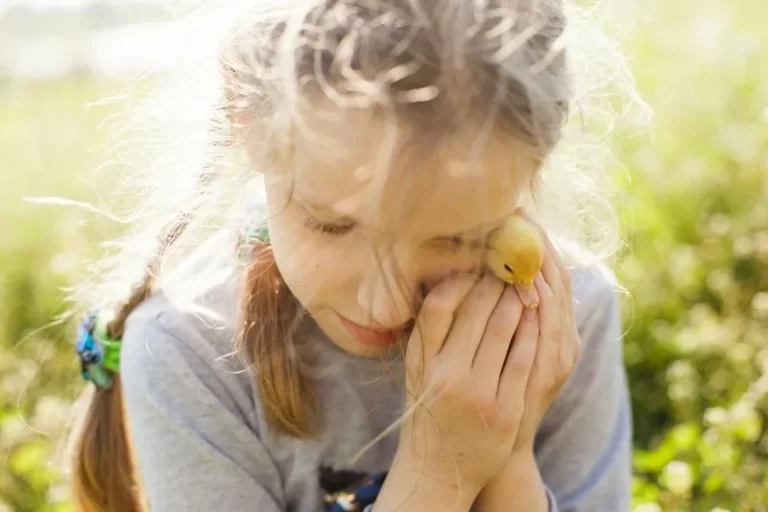Table of Contents
- Introduction
- Understanding Dehumanisation in Sociological Terms
- Historical Patterns of Dehumanisation
- Media Representations and Symbolic Violence
- Bureaucracy and the Rationalisation of Suffering
- Border Regimes and the Politics of Life and Death
- Cultural Racism and the Refugee as the Cultural Other
- Emotional Management and Moral Distancing
- Resistance, Rehumanisation, and the Ethics of Solidarity
- Conclusion: Towards a Sociology of Humanisation
Introduction
The global refugee crisis has become one of the defining humanitarian and political challenges of the 21st century. From the displacement of millions due to conflict, persecution, economic destitution, and increasingly, climate change, to the ongoing debates over borders, asylum policies, and integration, refugees have become central figures in public discourse. Yet, while their presence is ubiquitous in news reports, political campaigns, and international summits, their humanity is frequently obscured, fragmented, or erased altogether.
This article explores the sociological dimensions of the dehumanisation of refugees, demonstrating how social processes, institutional practices, and dominant discourses contribute to rendering refugees as less than human. By understanding the mechanisms through which dehumanisation is produced and sustained, we can better confront the moral and political implications of such exclusionary logics.
Understanding Dehumanisation in Sociological Terms
Dehumanisation refers to the social and psychological process through which individuals or groups are denied full human status, often through discursive, symbolic, and institutional means. In sociological analysis, dehumanisation is not reducible to personal prejudice or hatred. Rather, it is seen as a structural and symbolic process embedded within hierarchies of power, cultural narratives, and the functional operations of institutions.
There are two primary forms of dehumanisation that are sociologically significant:
- Animalistic dehumanisation, where refugees are perceived as primitive, irrational, instinct-driven, or uncivilised. This form draws upon evolutionary hierarchies and often racialised imaginaries.
- Mechanistic dehumanisation, where refugees are treated as emotionless, interchangeable units—like objects or machines—whose suffering and individuality are irrelevant.
These forms are not mutually exclusive and can overlap, reinforcing each other across various social domains such as policy, media, and public discourse. Importantly, dehumanisation is often rendered invisible or naturalised, appearing as “common sense” or administrative necessity.
Historical Patterns of Dehumanisation
Historically, the dehumanisation of foreigners, strangers, and those deemed “non-citizens” has been instrumental in legitimising systems of domination and exclusion. In the context of refugees, several long-standing patterns inform contemporary practices:
- Colonial legacies, where populations in colonised territories were systematically portrayed as savage, uncivilised, and lacking reason, continue to shape Eurocentric perceptions of non-Western refugees. These tropes have been reconfigured rather than abolished.
- Nationalistic ideologies, particularly those rooted in ethnonationalism, construct the nation-state as culturally and biologically homogeneous. Refugees are thus perceived as existential threats to the imagined purity and continuity of the nation.
- War-time propaganda, dating back to World War I and II, often cast displaced populations as fifth columns or security threats. These logics have been repurposed in the post-9/11 era under the guise of anti-terrorism and homeland security.
In each case, dehumanisation facilitates the suspension of rights, the erosion of empathy, and the justification of repressive actions.
Media Representations and Symbolic Violence
The media, as both a cultural institution and a site of symbolic production, plays a pivotal role in shaping public understandings of refugees. Sociologists of media draw upon Pierre Bourdieu’s concept of symbolic violence to show how language, imagery, and narrative structure can subtly reinforce social inequalities and exclusions without appearing overtly coercive.
Common media tropes include:
- The swarm metaphor, in which large groups of refugees are described as flooding or invading borders. This language evokes associations with insects or natural disasters, presenting refugees as an overwhelming force of nature rather than individuals.
- Victimhood and passivity, where refugees are depicted solely as helpless subjects in need of rescue, often robbing them of agency and complexity. While seemingly sympathetic, this framing reinforces paternalistic hierarchies.
- Criminalisation and securitisation, wherein refugees are framed as potential criminals, terrorists, or burdens on the state. News stories disproportionately focus on isolated incidents of violence or legal infractions.
Such discursive framings are not benign. They shape the policy environment, influence public sentiment, and provide the moral alibi for exclusionary and punitive policies. They also desensitise the public to the suffering of refugees by normalising distance and detachment.
Bureaucracy and the Rationalisation of Suffering
Get the full article AD FREE. Join now for full access to all premium articles.
View Plans & Subscribe Already a member? Log in.





